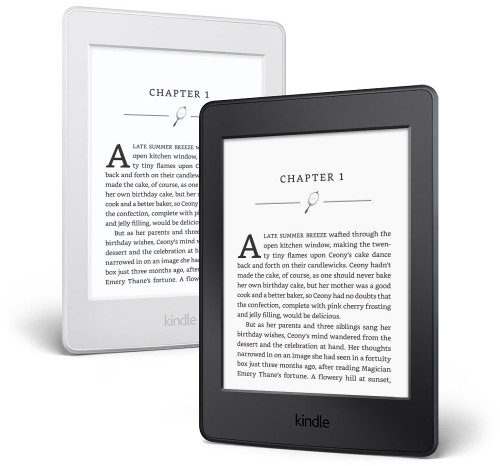Book Development
Everyone knows that publishing a book is a tremendous boost to your credibility, no matter your field of expertise. But if you’ve ever written a book, started writing one, or just thought about it, you know how overwhelming it can seem. Where do you start? How do you get everything organized? How do you get your message across effectively? And once all the writing is finally finished, how do you get it published?
Even before putting pen to paper, or fingers to keyboard, you should think carefully about why you want to write the book. What is its overall message, in just one or two sentences? If you can’t boil it down that far, it’s possible that your topic is too broad. A good example is weight loss: how could you ever cover all the different approaches to weight loss in just one average-length book? A better focus would be to write about losing weight by following just one particular diet or exercise program. And if you look around at the books out there about weight loss, that is exactly what most of them do.
Another question to have settled in your mind before beginning to write: who is the audience for this book? Is this a book that would have broad appeal among the general public, or is it a bit more specialized? The answer to this question will affect many aspects of the book, from its vocabulary and language level, all the way through to whether you want to use a traditional publisher or self-publish.
Once you actually start writing, you don’t necessarily have to start at page one. You can start anywhere you like! You’ll find as the book grows and develops that you’ll often be rearranging anyhow—or your editor will suggest that you do. As a matter of fact, this is one of the greatest benefits of working with a professional editor even during the drafting stage: it’s much easier for another person who’s more removed from the writing process to see the overall flow and where it might need some correction.
Which brings us to a closely related question: organization. The classic example is the outline, like we all learned to do in high school or college, starting with Roman numeral I, then A as a subhead, then 1, etc. Personally, I love outlines; they come very naturally to me, but after many years of working with writers at all levels of ability I’ve discovered that they don’t work for everyone.
A more free-form approach to organization is the mind map, which gives you more latitude to create non-linear connections between ideas. You create a network-type diagram of your ideas, summarized in a few keywords, with lines and arrows connecting the concepts. If you’re not familiar with mind maps, just do a Google Image search and you’ll see lots of great examples.
If you’re not a big fan of technology, here’s an idea that needs no device of any kind. Get yourself a big pack of post-its—or several packs, if you have a lot of ideas! Write the germ of each idea or topic in a sentence or two on each post-it. Then find yourself a whiteboard, a blackboard, or simply a large blank wall. Stick the post-its up, grouping them however they seem to belong together. The beauty of this scheme is that it’s easy to rearrange ideas or even groups of ideas, change the order, and so on.
These are just a few examples of the resources I have to help you through the writing process. I pledge that I will collaborate closely with you to preserve your unique voice throughout your work. You’re the author, so you have the final say – I’m merely your guide, coach, and cheerleader. Let me help you realize your dream—let’s write that book!

Let's Talk & Share Your Idea
- 803-215-5453
- steph@tightprose.com
